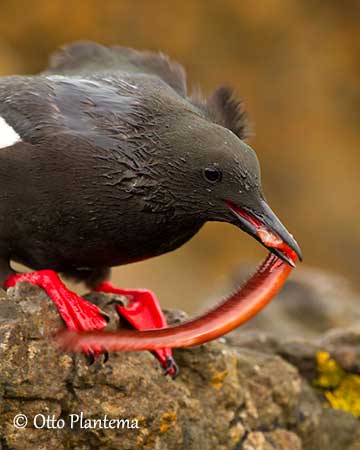
Text by Nicole Bouglouan
Sources :
ISLANDE EXPLORA – Un Pays de Glace et de Feu
Nomination of Surtsey for the UNESCO World Heritage List
Formation of a bird community on a new island, Surtsey, Iceland
Surtsey, volcanic island, emerged in 1963
Surtsey is Iceland's youngest volcanic island
SURTSEY ISLAND BIRD SPECIES (OFF ICELAND)
Surtsey Island is located off the southern coast of Iceland, in the Vestmannaeyjar Archipelago, also named Westman Islands.
Surtsey is one of the world’s newest islands. It was formed in November 1963 in a volcanic eruption which heaved it up out of the water, 32 kilometres off the south-east coast of Iceland. The volcanic eruption began 130 metres below the sea-level around November 10, 1963, and reached the surface on November 14, 1963.
This formation took almost four years, until June 1967. At this time, the island was 150 metres above the sea-level, covering an area of 2,65 km². However, in 2008, the area was 1,41 km², due to both strong winds and waves.
Despite the erosion caused by the pounding waves, the island core has quickly solidified as rock and it stays strong.
But this area remains under permanent scientific observation, giving a fascinating insight into how a new island develops.
The life is colonizing the island, and flora and fauna are evolving, as very few visitors, only scientists, are allowed to come to Surtsey.
This place is now classified as a UNESCO World Heritage Site since 2008.
From the summer of 1965, the vegetation began to appear, followed by insects such as flies and aphids. Later, seals use this area as a hunting ground. And finally in 1970, the first gulls settled there. Today, around 90 species of birds live on Surtsey.

Otto Plantema
Trips around the world
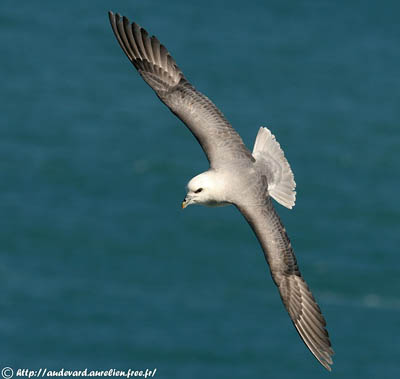
Aurélien Audevard
OUESSANT DIGISCOPING
The sea, the wind and the birds regularly carry seeds and tiny creatures, whereas debris and clumps of grass are floating, coming from other islands.
The first plants found on Surtsey were diatoms that are small algae, single cells that can appear as filaments, chains or colonies, an organism with cell walls of transparent silica. They were found on the beach in August 1964, while the island was still erupting.
Another more terrestrial plant was Cakile arctica, named Sea rocket, a flowering plant in the family Brassicaceae. It is native from the Faroe Islands, Iceland, Norway and North European Russia. It was first observed growing in 1965, but it had not established itself on the island.
Concerning the avifauna, the Northern Fulmar and the Black Guillemot began to nest on Surtsey in 1970.
The gulls colonies established on the island in the summer 1986. Some pairs of Lesser Black-backed Gull were nesting on the lava in South Surtsey. The numbers increased largely in the following years, until forming a colony including three gull species, Lesser Black-backed Gull, Great Black-backed Gull and Herring Gull.
The formation of these colonies was followed by numerous new species of plants, as gulls species have a strong impact on their breeding areas. The birds carry new seeds on their feet and the guano fertilizes them.
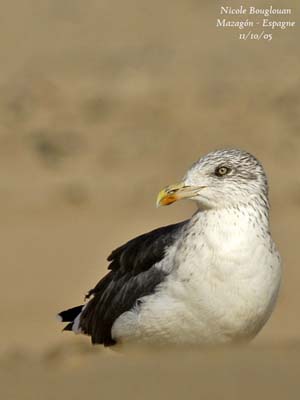
Nicole Bouglouan
Photographic ramble
But the development of the grass attracted other birds. The Greylag Goose arrived in 2001 to feed on thick grasses. But insect-eaters also began to appear, attracted by the presence on the island of various insects, and bird species such as Snow Bunting, White Wagtail and Meadow Pipit regularly fed on insects.
During the spring 2008, the Common Raven nested here for the first time and raised three chicks, feeding in part of stolen eggs.
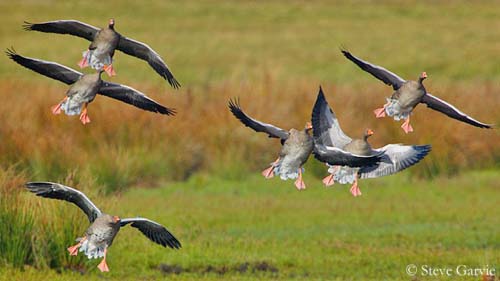
Steve Garvie
RAINBIRDER Photo galleries
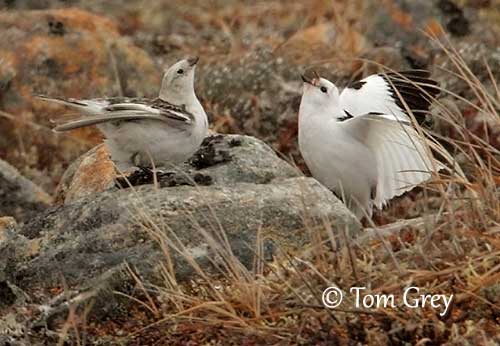
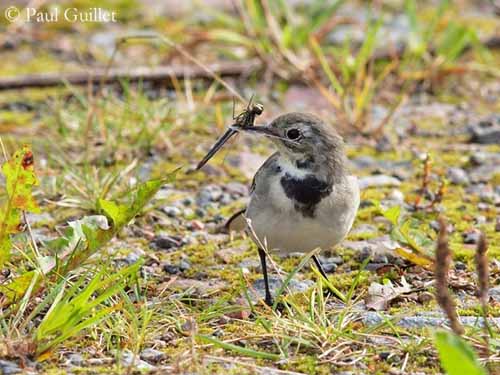
Paul Guillet
Photos d’Oiseaux
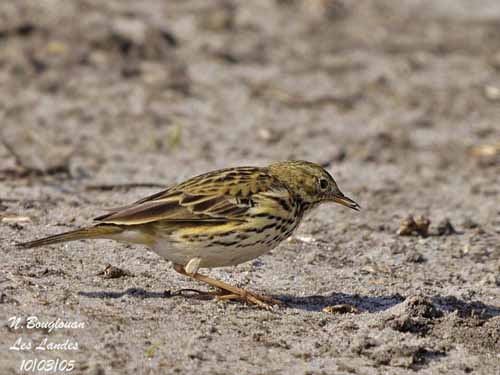
Nicole Bouglouan
Photographic ramble
The nests of the other bird species are confined to the sea-cliffs, but they are instable due to the wave erosion.
However, following several years confined to the sea-cliffs, the nests of the Northern Fulmar are now established inland since several years. They are often built in the cliffs of the old craters where 5-15 pairs can be found.
The island also attracts exhausted land-birds approaching Iceland during their migration. However, the lifeless habitat of Surtsey does not provide food for most migrants, except for the Birds of Prey which can kill tired migrating species, and both the scavengers and some waders which have access to dead or alive organisms washed upon the sea shores.
The ecosystem established on Surtsey includes vascular plants (tracheophytes), fungi, various invertebrates, different microorganisms and birds. This ecosystem is self-sufficient, simple and probably instable, but it is the beginning of a more complicated wildlife to be developed in the future.
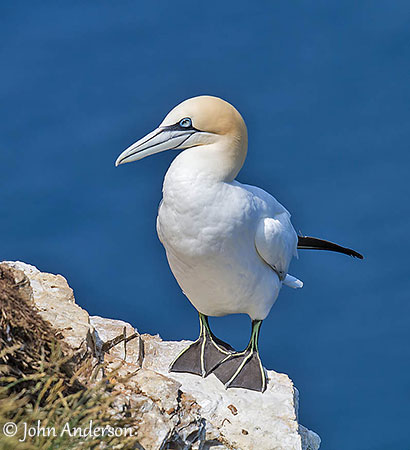
John Anderson
John Anderson Photo Galleries
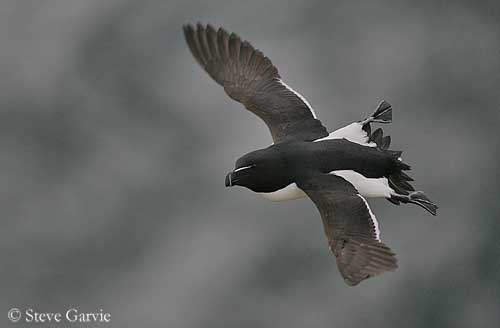
Species list:
Atlantic Puffin – Fratercula arctica – Macareux moine
Baltimore Oriole - Icterus galbula - Oriole du Nord
Barn Swallow - Hirundo rustica - Hirondelle rustique
Black Guillemot - Cepphus grylle - Guillemot à miroir
Black-legged Kittiwake - Rissa tridactyla - Mouette tridactyle
Common Murre - Uria aalge - Guillemot de Troïl
Common Ringed Plover - Charadrius hiaticula - Pluvier grand-gravelot
Great Black-backed Gull – Larus marinus – Goéland marin
Great Cormorant – Phalacrocorax carbo – Grand cormorant
Great Skua - Stercorarius skua - Grand labbe
Herring Gull – Larus argentatus – Goéland argenté
Manx Shearwater - Puffinus puffinus - Puffin des Anglais
Northern Fulmar – Fulmarus glacialis – Fulmar boreal
Northern Gannet - Morus bassanus - Fou de Bassan
Parasitic Jaeger or Arctic Skua - Stercorarius parasiticus - Labbe parasite
Razorbill - Alca torda - Petit Pingouin (Pingouin torda)
Snow Bunting - Plectrophenax nivalis - Bruant des neiges ou Plectrophane des neiges
Sooty Shearwater - Puffinus griseus - Puffin fuligineux
Squacco Heron - Ardeola ralloides - Crabier chevelu
Steve Garvie
RAINBIRDER Photo galleries